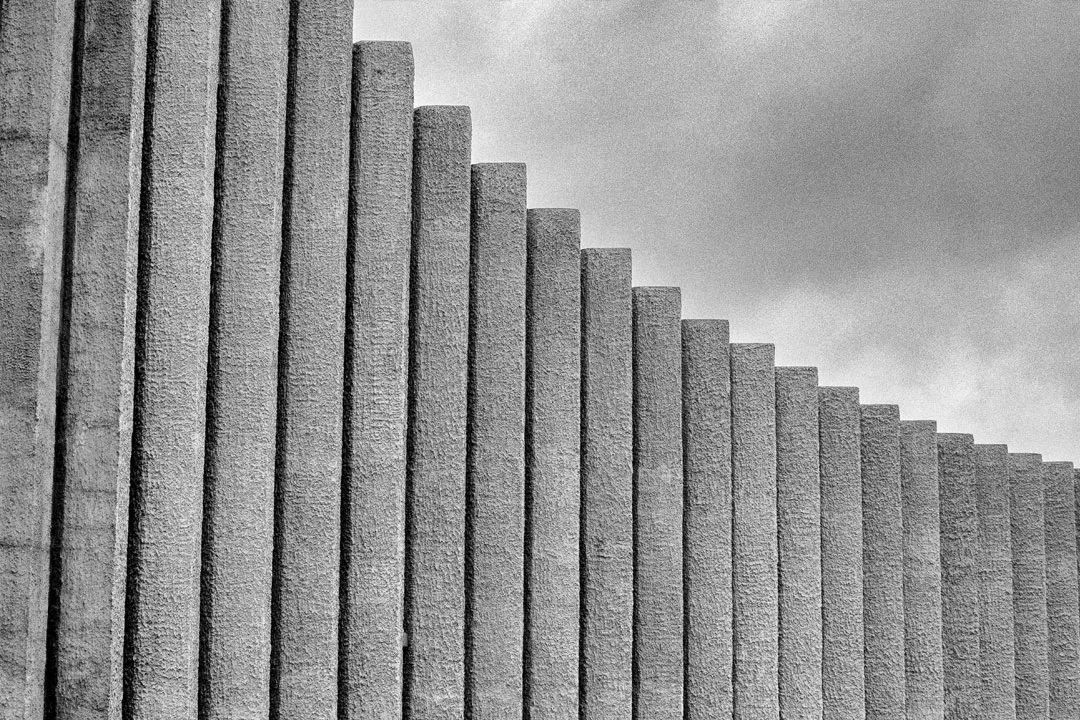Whenever concrete is placed in a form, gravity tends to cause all the heavier particles, such as cement or aggregates, to separate and sink. Water that has nowhere to go usually ends up on the surface.
The evaporated water will be replaced by any extra water in the mix. However, when the rate of water rise does not match the rate of evaporation, the concrete mix will dry out and shrink.
Our experts in Lueste have identified factors that contribute to the evaporation of moisture. Which are:
- Low water to cement ratio: If your cement to water ratio is too low, it means your structure will not have enough water to replace the water that has been evaporated.
- High cement content: The more cement you add to the mix, the more paste you'll get. However, it must be remembered that the concrete paste is generally more prone to shrinkage.
- High temperature: As your cement structure hydrates, it generates a lot of heat. If you don't control the heat, the water will evaporate, just like leaving a pot of water on the stove for a long time.
- Low humidity: Chapped lips are easily one of the worst parts of winter. They usually occur when dry air absorbs moisture from the skin. The same goes for its concrete structures.
- Wind: The flow of air across the surface of a concrete structure removes moisture, both externally and internally. This is one of the main reasons why precautions must be taken when placing concrete structures outdoors.
Effects of shrinkage and cracking
The most common effect of shrinkage and cracking is the unsightly appearance of concrete surfaces. Once the cement reacts with the water, cracks form.
When the wind blows over the concrete surface, the cracks are observed to follow a pattern perpendicular to the wind flow. However, if the wind is swirling, you may see cracks forming random patterns on the surface of the structure, developing from several different directions.
Just as our skin helps protect our body from any bacteria or germs, concrete surfaces also play a vital role in protecting the armor from any harmful substances.
Any crack in the surface provides an opening for corrosive materials and dirt to enter the structure. This can be dangerous as it can lead to corrosion of your reinforcing steel. Any steel that expands and rusts will cause more cracking, leading to more exposure and corrosion of the steel.
Measures to consider
Added Fiber
Adding some fiber into the mix is a great way to boost the tensile strength of the structure. It will prevent the pulling tension from exceeding the total power of your mix. For this, it is necessary to know all the properties since it affects the water demand of the mix.
Umbrellas and windbreaks
Umbrellas and windbreaks can be placed around concrete structures to help slow wind speeds and protect surfaces from excess sunlight.
Sprayer
Using a sprayer can help you increase the humidity in the air. Since high humidity levels tend to correspond to lower evaporation rates, it is best to keep concrete in a humid environment.
Getting your structure to cure as quickly as possible while maintaining consistency is the best way to ensure reliable, high-strength concrete structures.
However, if you notice that a crack has appeared, you can always use fillers and sealants to protect it from further damage. If you have any other questions about concrete, please don't hesitate to contact Lueste.
We can provide you with high-quality mixes that not only cure well, but still give you strong, long-lasting results. We have been serving Mexico City. call +52 (55) 5598-8348 or contact us online and one of our professionals will guide you through the process.




